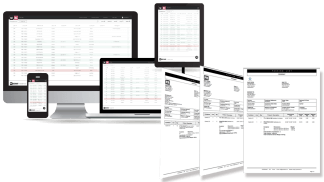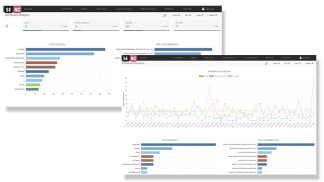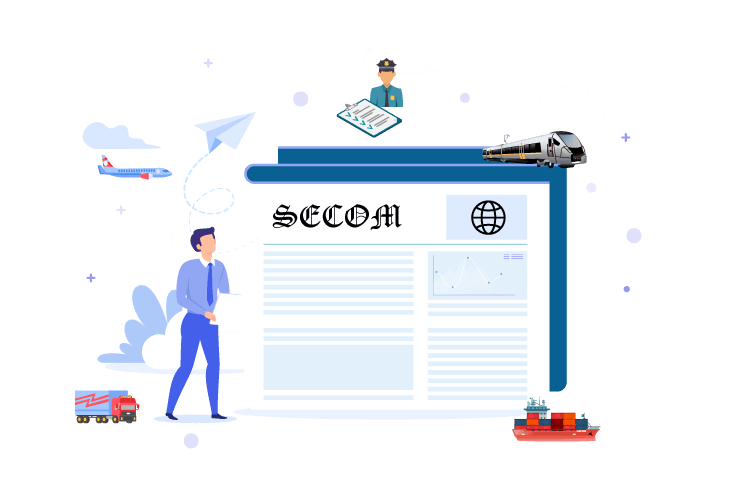Switzerland is aligning its policy with international standards
Starting May 1, 2025, Switzerland will implement a major regulatory shift: the amendment of the Goods Control Ordinance (GCO), which significantly revises the export controls list of dual-use items.

What’s the goal? To align Swiss export controls with those of its key trading partners amid rising geopolitical tensions, while regulating sensitive technologies such as quantum computing, additive manufacturing, and advanced semiconductors.
Why align export controls?
For several years, multilateral export control regimes (such as the Wassenaar Arrangement) have struggled to keep up with the rapid pace of technological innovation. In response, countries like the United States, the United Kingdom, and Canada have introduced national measures targeting high-risk emerging technologies.
Switzerland, committed to maintaining international credibility, is following suit by revising Annex 2 of the GCO. This update prevents Switzerland from becoming a regulatory loophole and ensures consistent standards with strategic economic partners. To better understand how to avoid compliance pitfalls, see how to avoid export non-compliance risks.
What are the newly controlled technologies?
The scope of export controls has expanded to cover so-called "emerging" technologies, with the introduction of new Export Control Numbers (ECNs):
- Quantum computers (4A901)
- GAAFET technology for advanced integrated circuits (3E901)
- Advanced electron microscopy for semiconductors (3B902)
- Isotope-enriched materials for epitaxy (3C901 to 3C903)
- Cryogenic systems and low-temperature CMOS circuits (3A901 to 3A904)
The objective is twofold: to prevent uncontrolled transfer of sensitive technologies and to ensure that Swiss industry can continue innovating within a secure legal framework.
International harmonization: Toward a plurilateral system
Switzerland’s alignment is part of a broader global trend. In September 2024, the U.S. Bureau of Industry and Security (BIS) introduced a new plurilateral control framework, including specific Export Control Classification Numbers (ECCNs). This framework includes:
- Enhanced restrictions for certain destinations (Groups D:1 and D:5)
- License exceptions for allied countries with equivalent regulations (License Exception IEC)
- General licenses for collaborative development projects (GAAFET and Quantum General Licenses)
Although Switzerland is outside both the EU and U.S. regulatory systems, it adopts a similar approach through this GCO amendment.
Impact on companies and research institutions
Exporters and research centers must now integrate these new requirements into their compliance programs, including:
- Mapping flows of sensitive technologies
- Updating contracts and access control clauses
- Providing internal training on new ECNs
- Submitting adapted export license applications
This also includes managing customs documentation properly. For example, see Why is the packing list important? or What is a certificate of origin? to ensure full documentation compliance.
Conclusion : un impératif stratégique pour la Suisse
Face aux tensions géopolitiques et à la guerre technologique qui oppose les grandes puissances, la Suisse n’a d’autre choix que de rester en phase avec ses partenaires. L’amendement de l’OCB est plus qu’une réforme technique : c’est un acte de souveraineté technologique et une condition sine qua non pour préserver sa place dans l’écosystème mondial de l’innovation.



